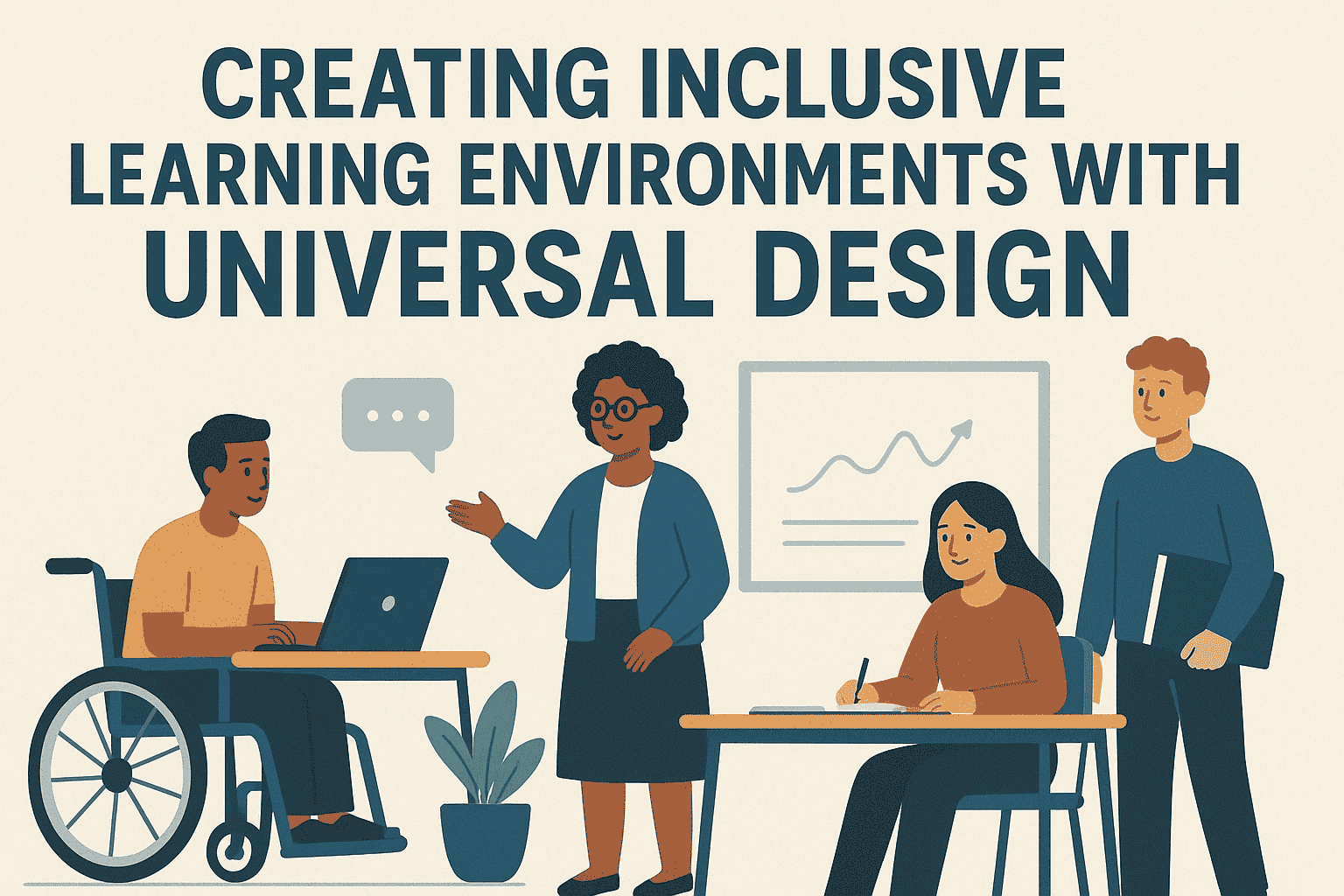
"Remember the last time you struggled to open a heavy door, only to find an automatic button a few feet away? That's the difference between retrofitting accessibility and designing it in from the start. In education, we're facing a similar moment of truth. As classrooms move online and digital tools become the norm rather than the exception, we're seeing a troubling pattern: technology that should open doors for learners is sometimes creating new barriers instead."
"The shift to online and blended learning hasn't affected everyone equally. When digital courses aren't designed with learner diversity in mind, they can actually amplify existing inequities. A student with a visual impairment might find course videos without captions. A learner juggling work and family might need flexible pacing that rigid online modules don't offer. Someone who processes information differently might struggle when content comes in only one format."
"UDL started with a simple observation from architecture: curb cuts designed for wheelchairs also help parents with strollers, travellers with luggage, and delivery workers with carts. When you design for variability from the beginning, everyone benefits. In education, UDL means creating learning experiences that work for the widest range of learners possible-right from the start, not as retrofits. Digital environments actually make this easier than traditional classrooms ever could."
As classrooms shift to online and blended formats, digital tools can inadvertently create barriers for diverse learners when design lacks built-in flexibility. Digital courses without captions, rigid pacing, or single-format content can amplify existing inequities for students with disabilities, caregiving responsibilities, or varied information processing needs. Universal Design for Learning applies the curb-cut principle to education by designing for variability from the beginning so that materials are flexible, multimodal, and personalized. Digital environments enable flexible delivery that printed textbooks cannot provide. Building accessibility into course design from the start improves outcomes across all student groups rather than serving only those with identified needs.
#universal-design-for-learning #digital-accessibility #online-and-blended-learning #educational-equity
Read at eLearning
Unable to calculate read time
Collection
[
|
...
]